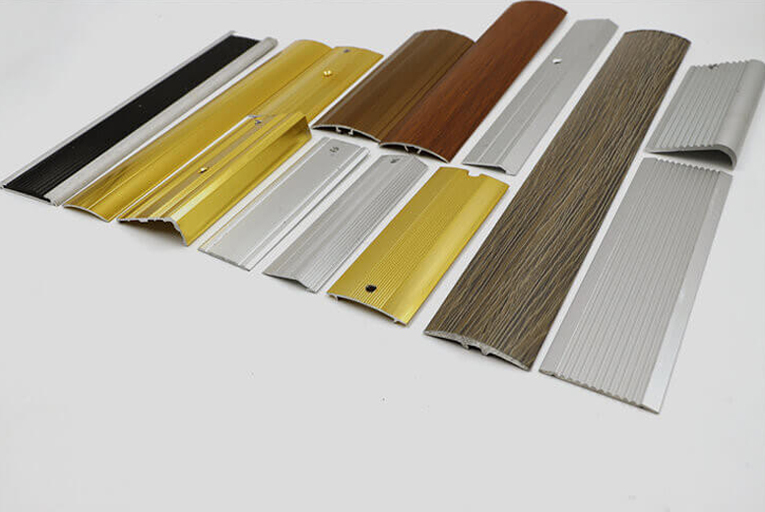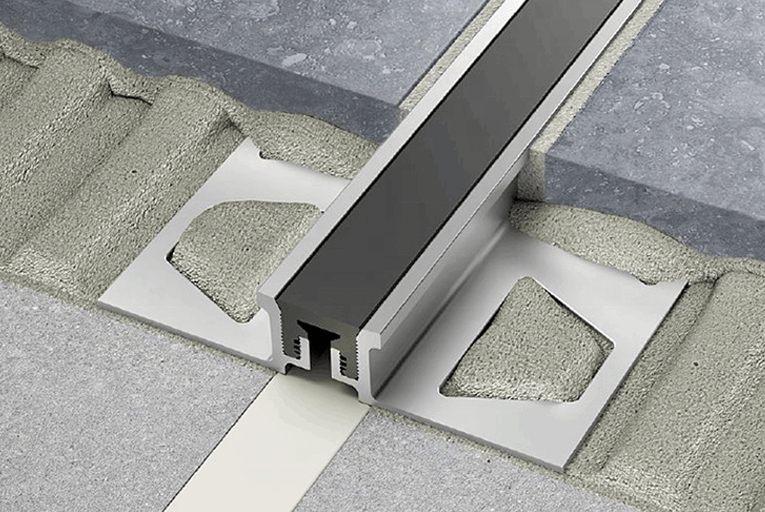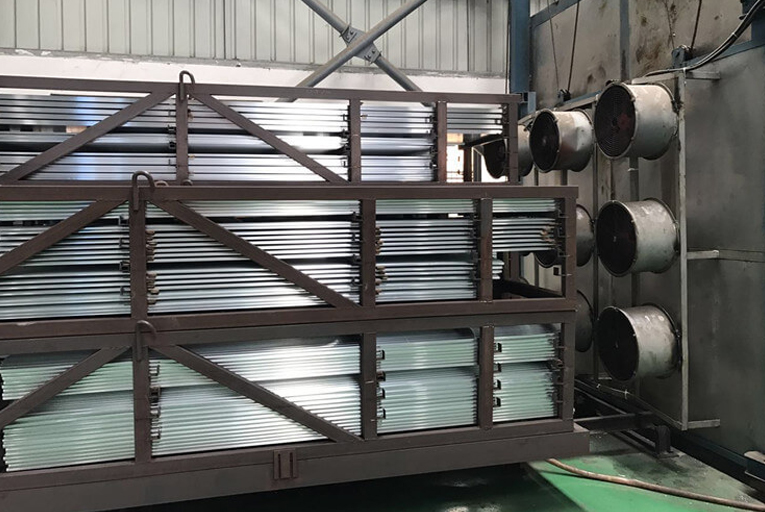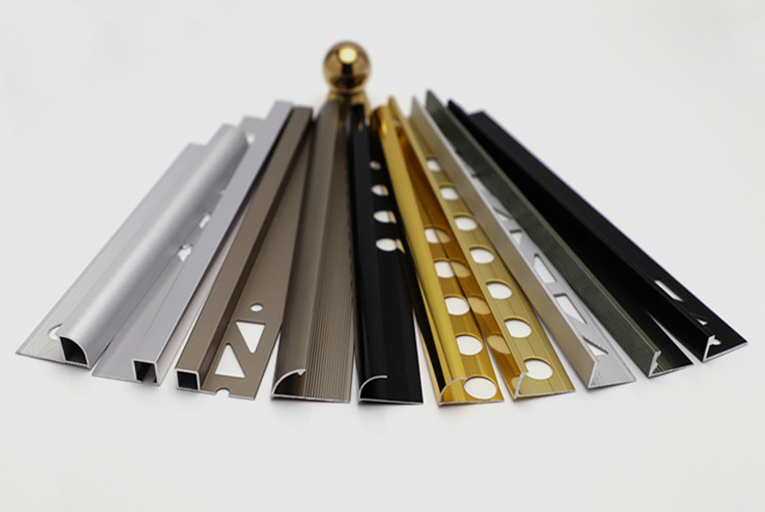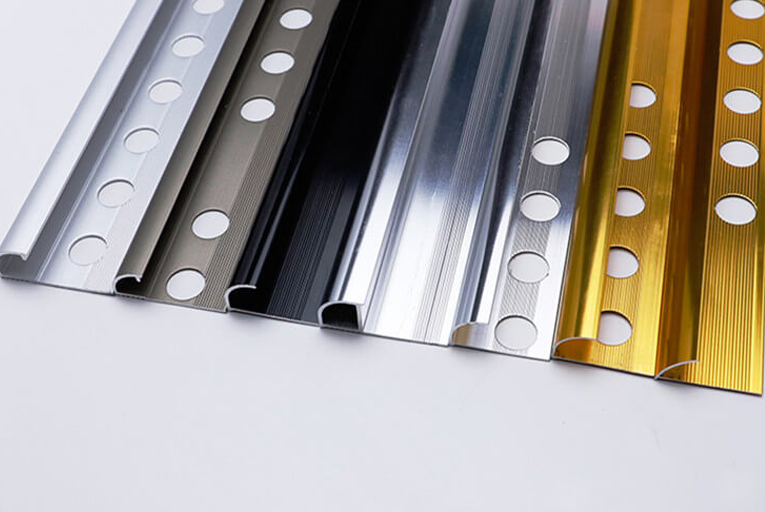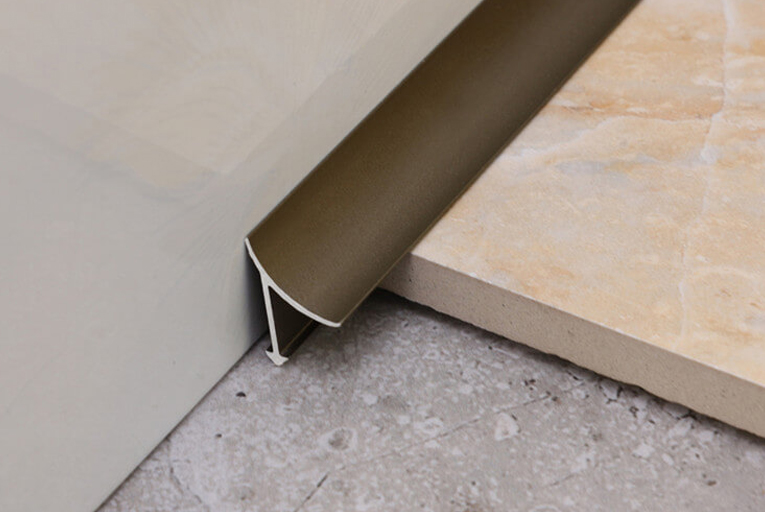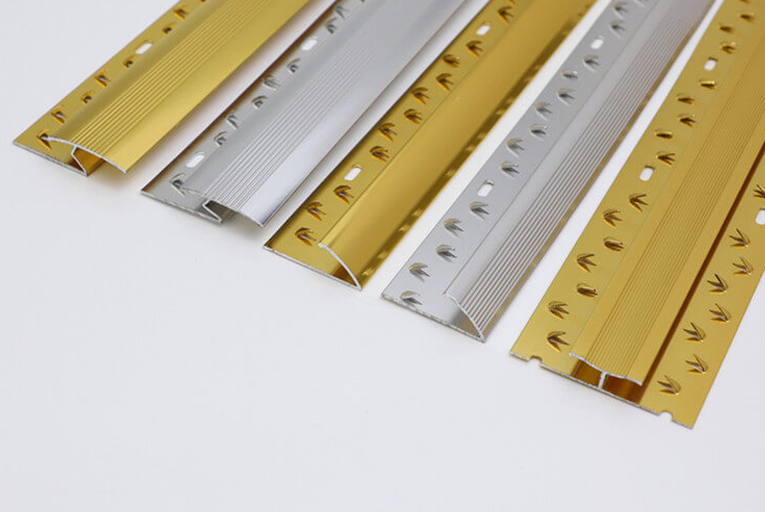Design Tips for Seamless Tile Transitions
When it comes to creating a visually cohesive and sophisticated interior design scheme, mastering the art of seamless tile transitions is paramount. From elegant marble mosaics to rustic ceramic planks, tiles offer a vast array of textures and patterns to enhance any space. However, achieving impeccable transitions between different tile types can be a daunting task, especially for novice DIYers and homeowners alike. Here are a few expert design tips to guide you through this transformative process:
Match Tile Thickness and Size:
To ensure a smooth and even surface, it is crucial to select tiles of equal thickness and size. Discrepancies in thickness can create uneven grouting lines and gaps, compromising the overall aesthetic. Additionally, using tiles of consistent size minimizes the need for excessive cutting and ensures a harmonious flow.
Plan Transition Locations:
Carefully consider the placement of tile transitions, especially where different tile types meet. Choosing natural breakpoints, such as doorways, archways, or furniture pieces, helps to disguise the transitions and maintain a cohesive look. Avoid placing transitions in high-traffic areas where they are more susceptible to wear and tear.
Use Transition Strips:
Transition strips, also known as schluters, are thin metal or plastic strips used to bridge the gap between tiles of varying thicknesses or materials. They not only provide a smooth transition but also prevent tiles from chipping or cracking at the edges. Choose transition strips that match the color and finish of your tiles for a discreet and elegant finish.
Grout Color and Thickness:
The choice of grout color and thickness can significantly impact the visibility of tile transitions. Opting for a grout color that closely matches the tiles helps to camouflage the transitions and create a more seamless appearance. Similarly, using a consistent grout thickness throughout the space ensures a cohesive look and minimizes the appearance of uneven lines.
Consider Tile Layout:
The layout of your tiles can influence how transitions are perceived. Laying tiles in a staggered pattern, rather than straight rows, helps to break up the visual monotony and reduce the emphasis on transitions. Experiment with different layout options to find a design that complements your space and minimizes the need for awkward transitions.
By incorporating these design tips into your tile transition strategies, you can create a seamless and visually stunning interior design scheme that enhances the overall ambiance of your home. Remember, with meticulous planning and careful execution, you can seamlessly blend different tile types and create a cohesive and sophisticated space that reflects your unique style.
-
The 6 Hottest Tile Trim Solutions for 2021
2022-02-09 -
How to Install Tile Trims Line?
2022-02-09 -
Difference Between Sandblasting and Anodizing Surface Treatment of Aluminum Tile Trim
2022-02-09 -
The Different Uses of Tile Outside Corner Edging Trim and Inside Corner Edging Trim
2022-02-09 -
The Most Popular 5 Different Materials of Tile Trim Line
2022-02-09 -
What is Carpet Cover Trim?
2022-02-09
